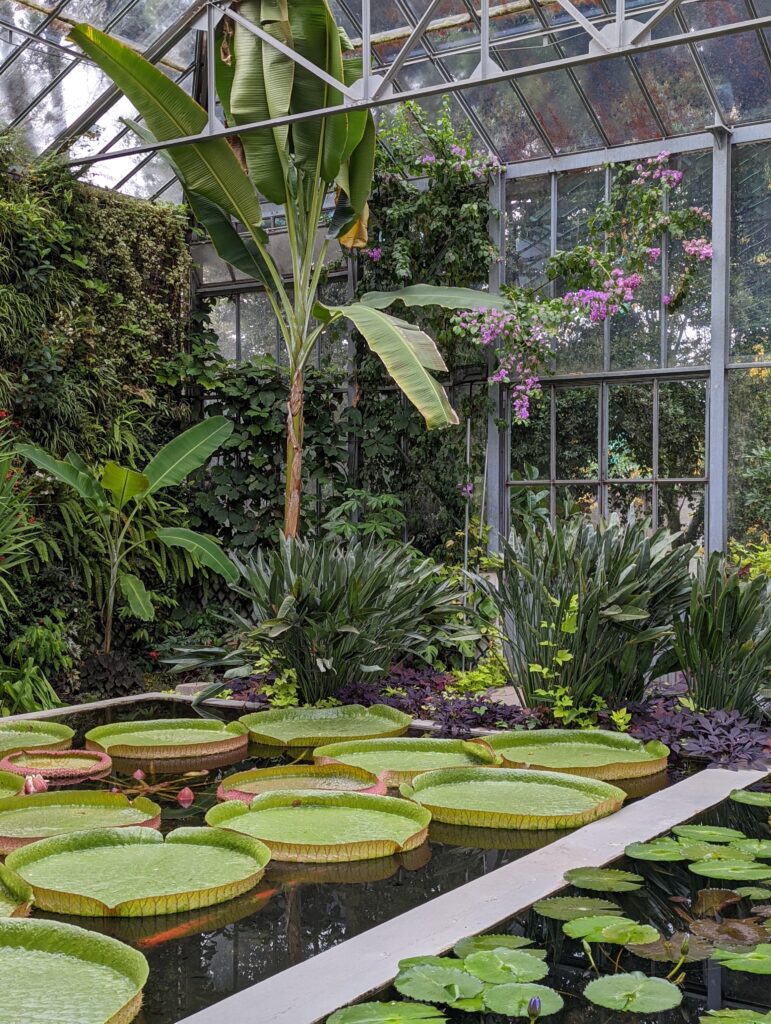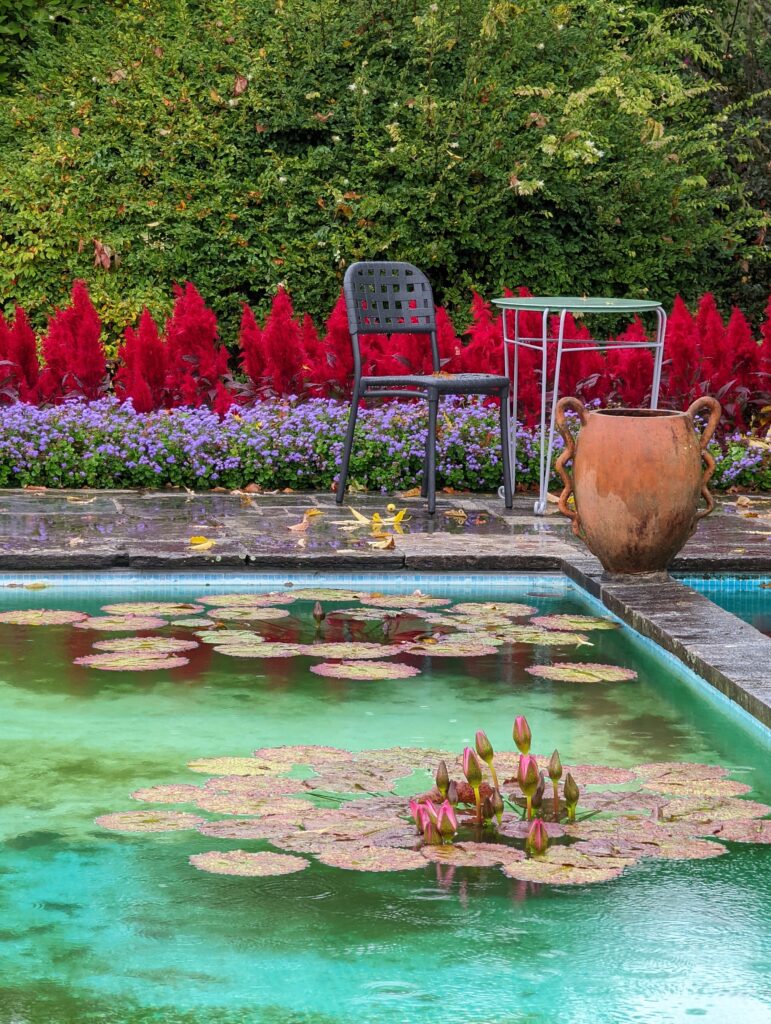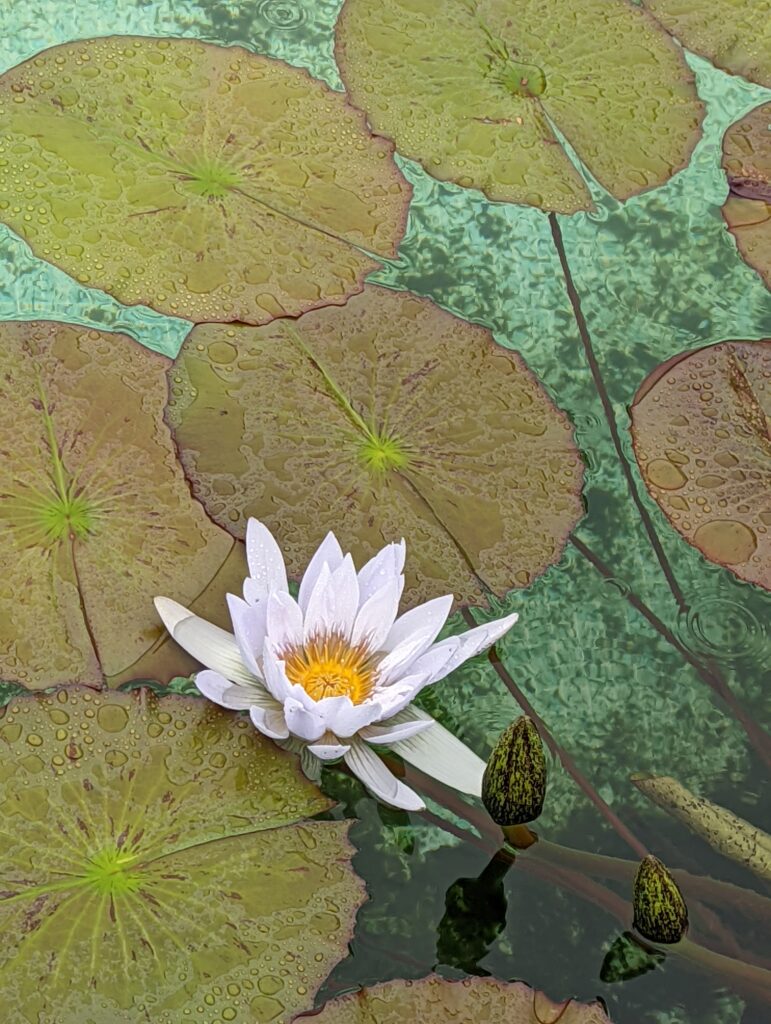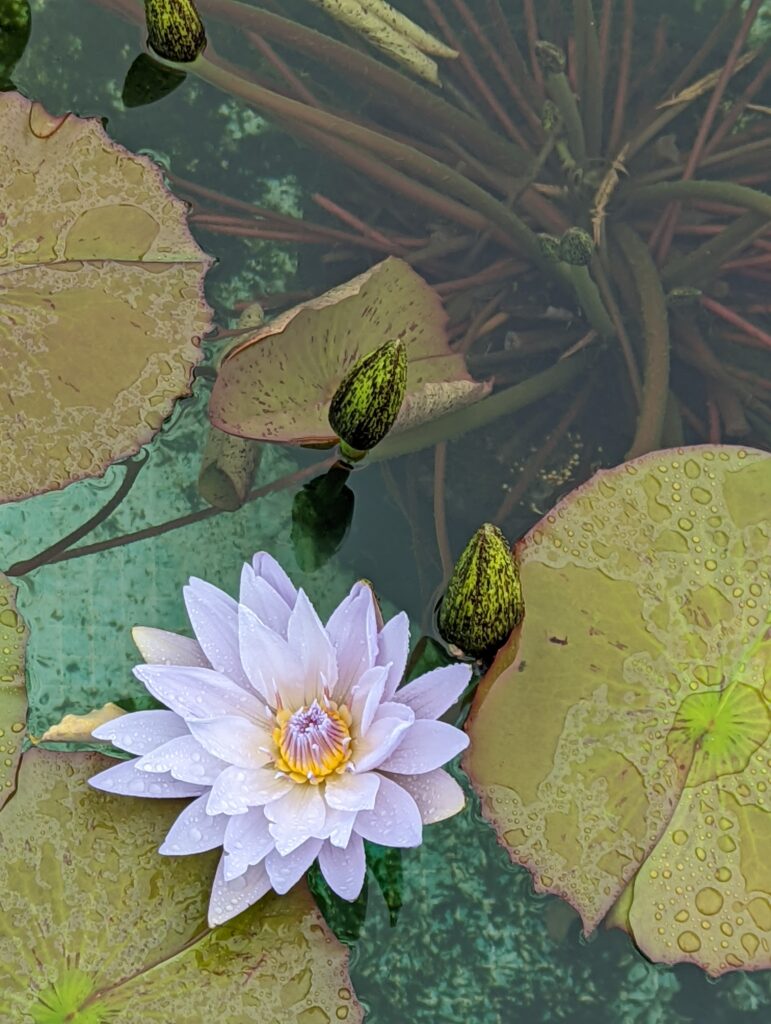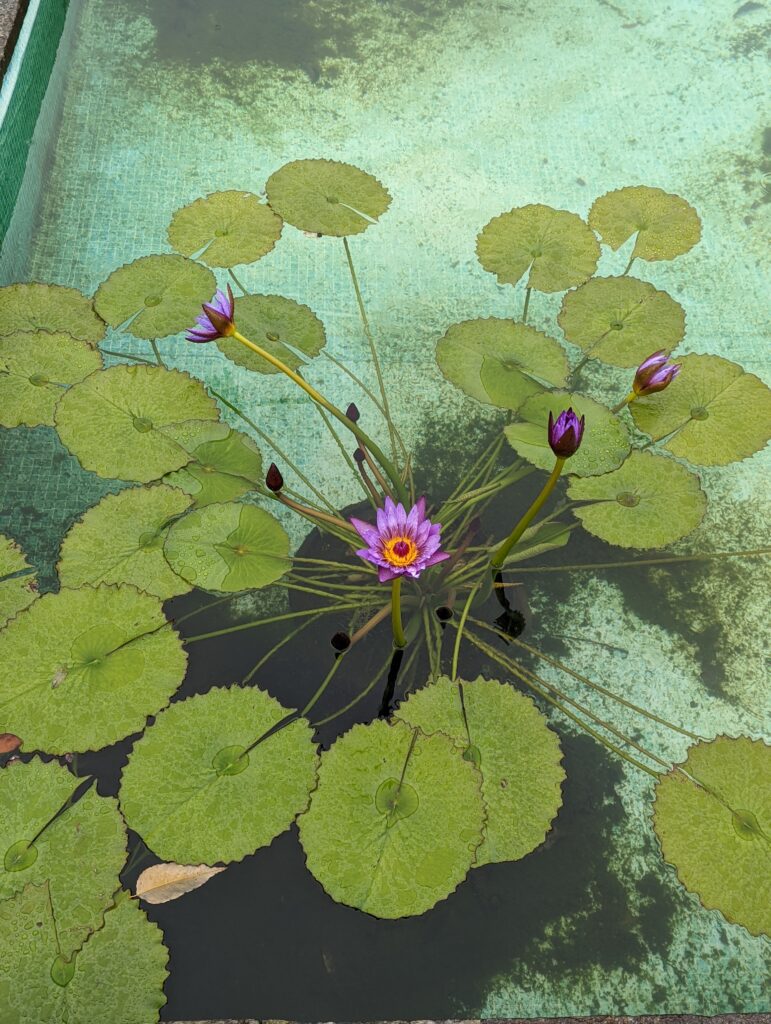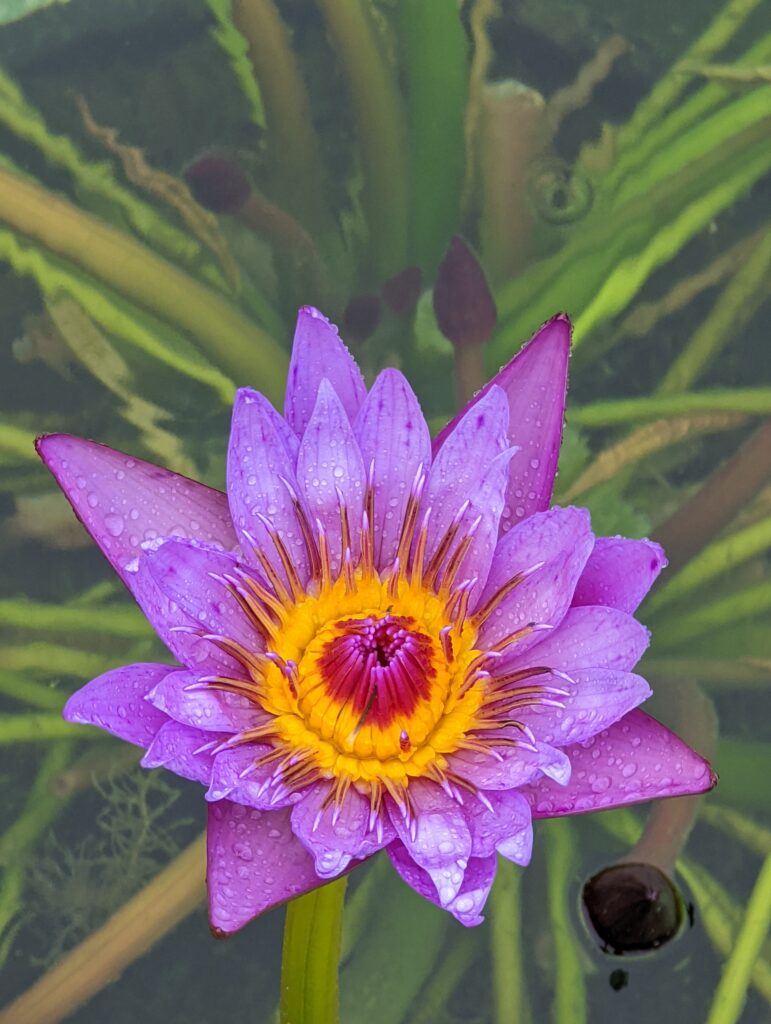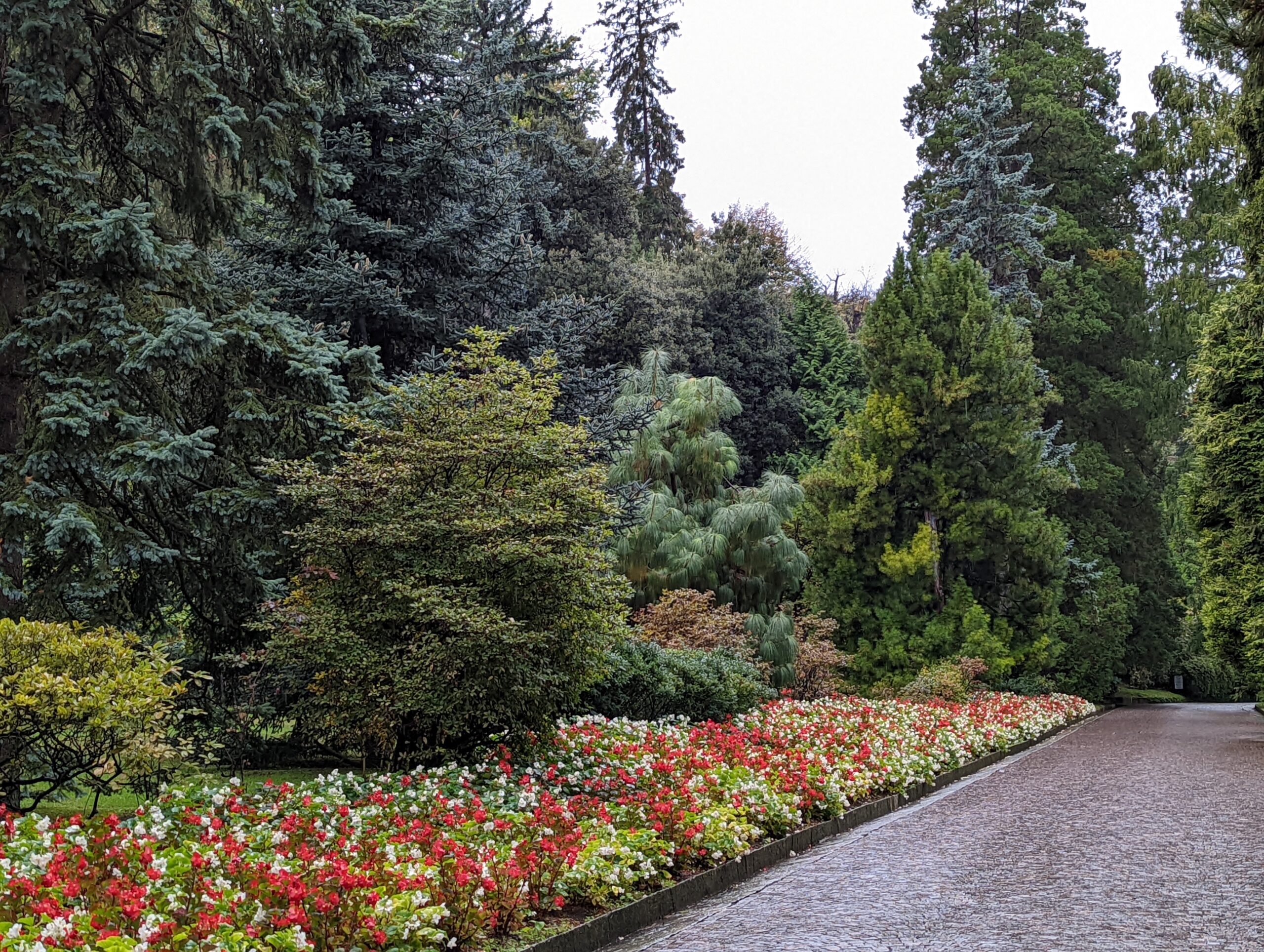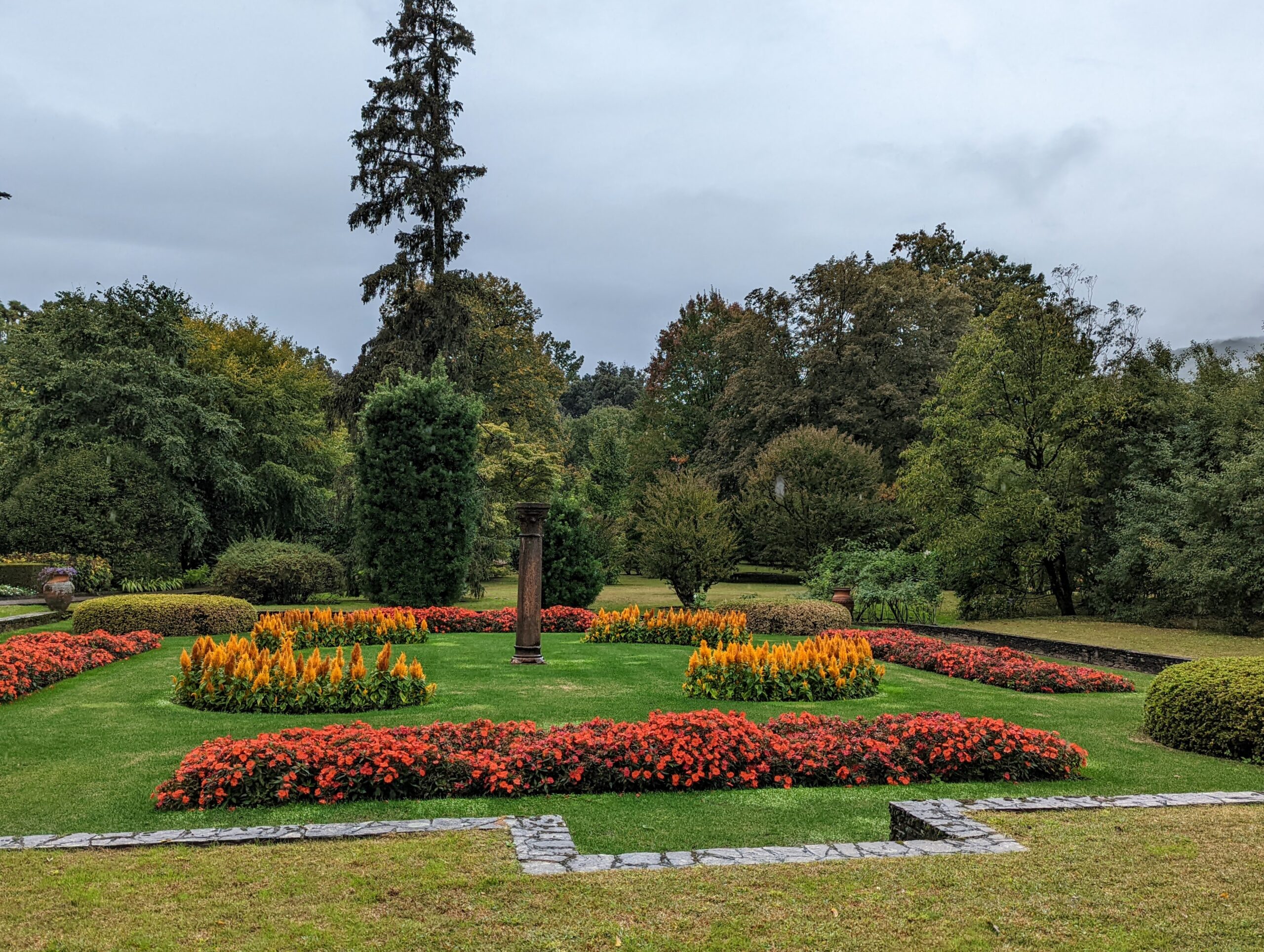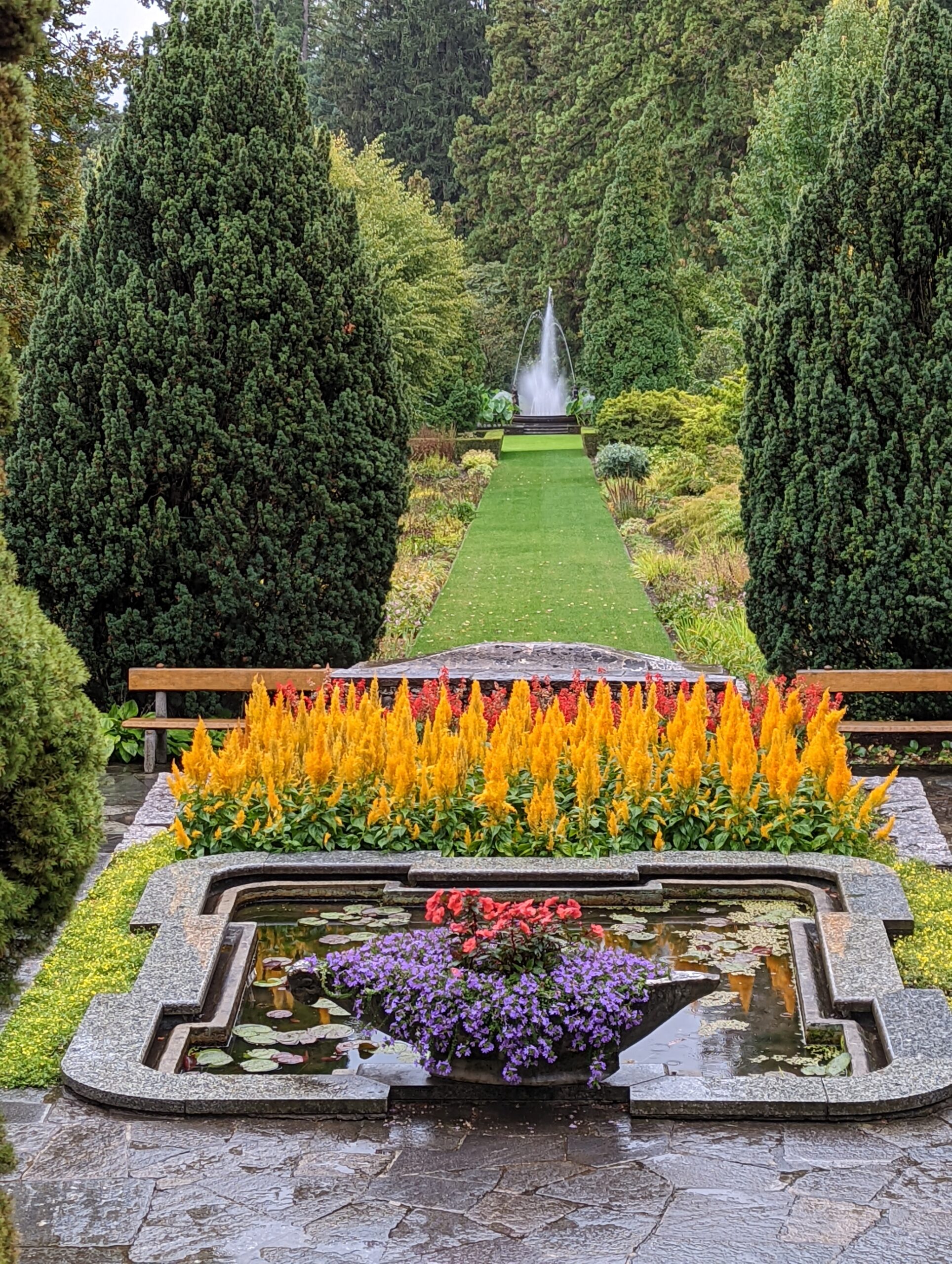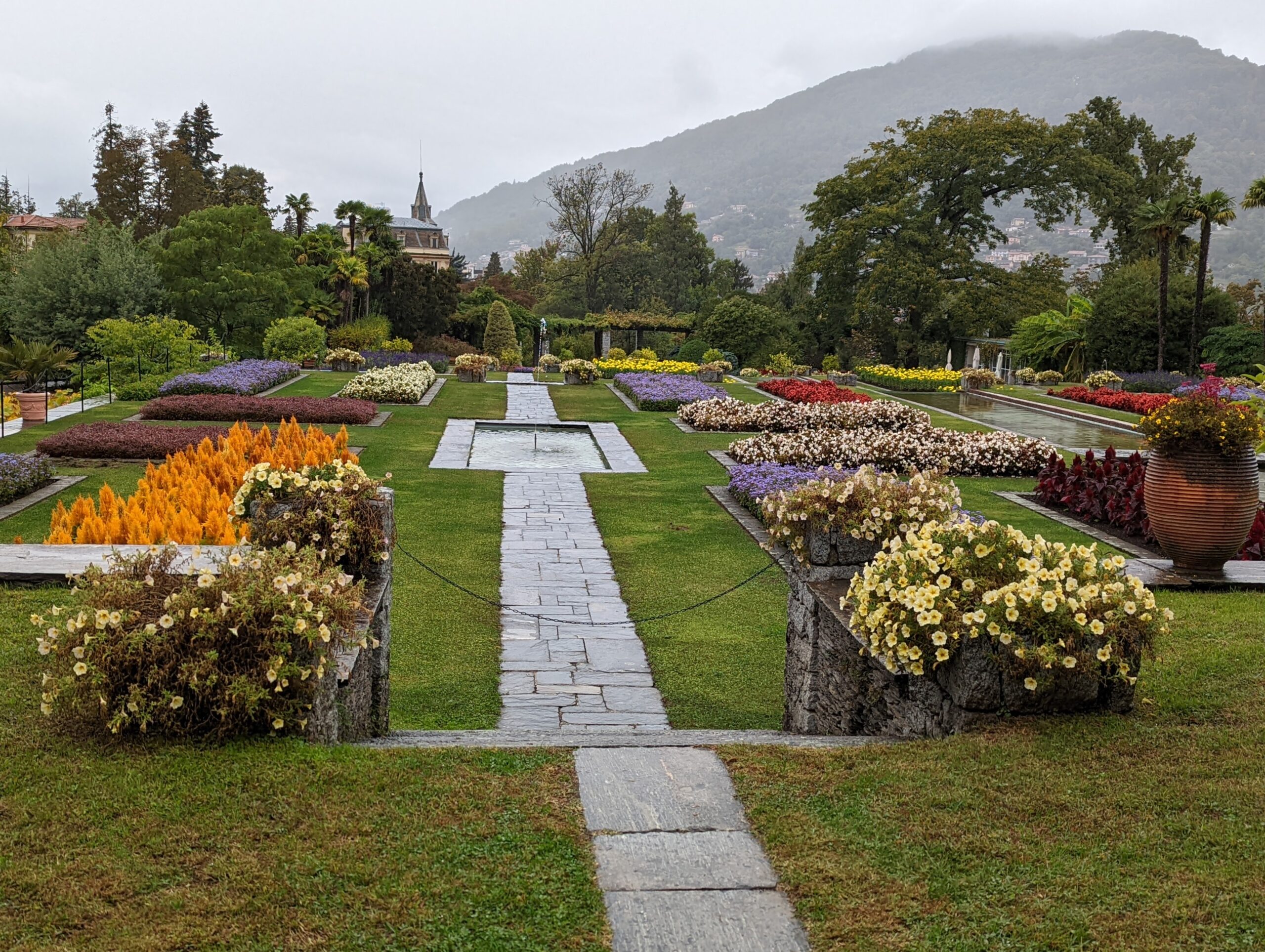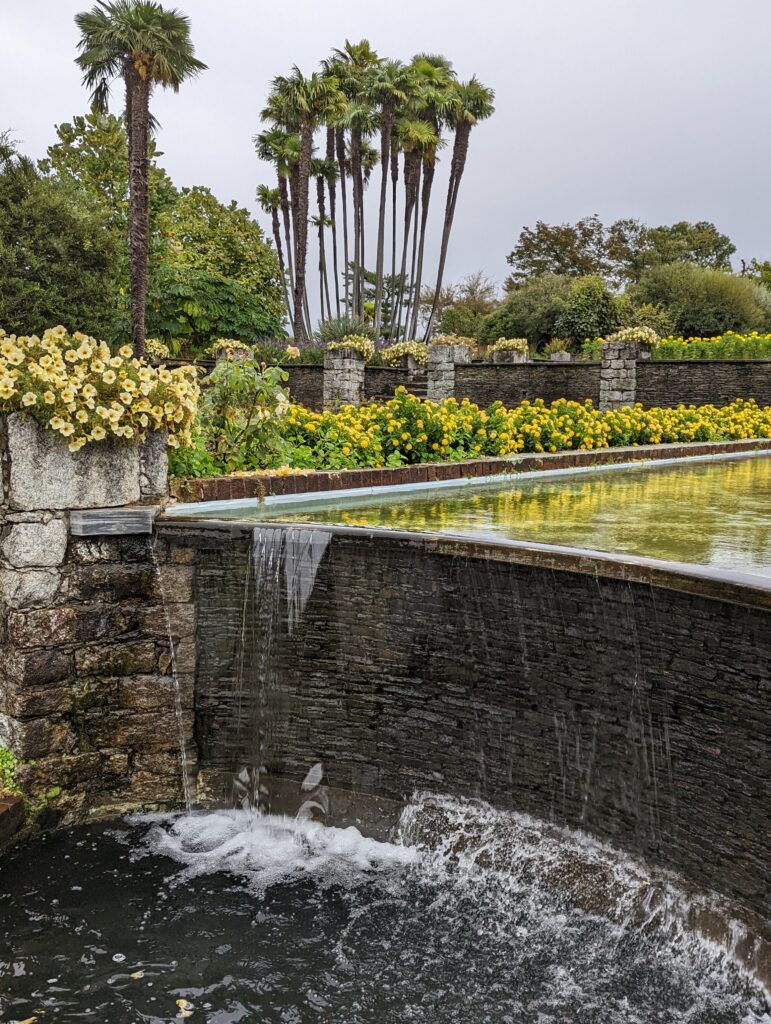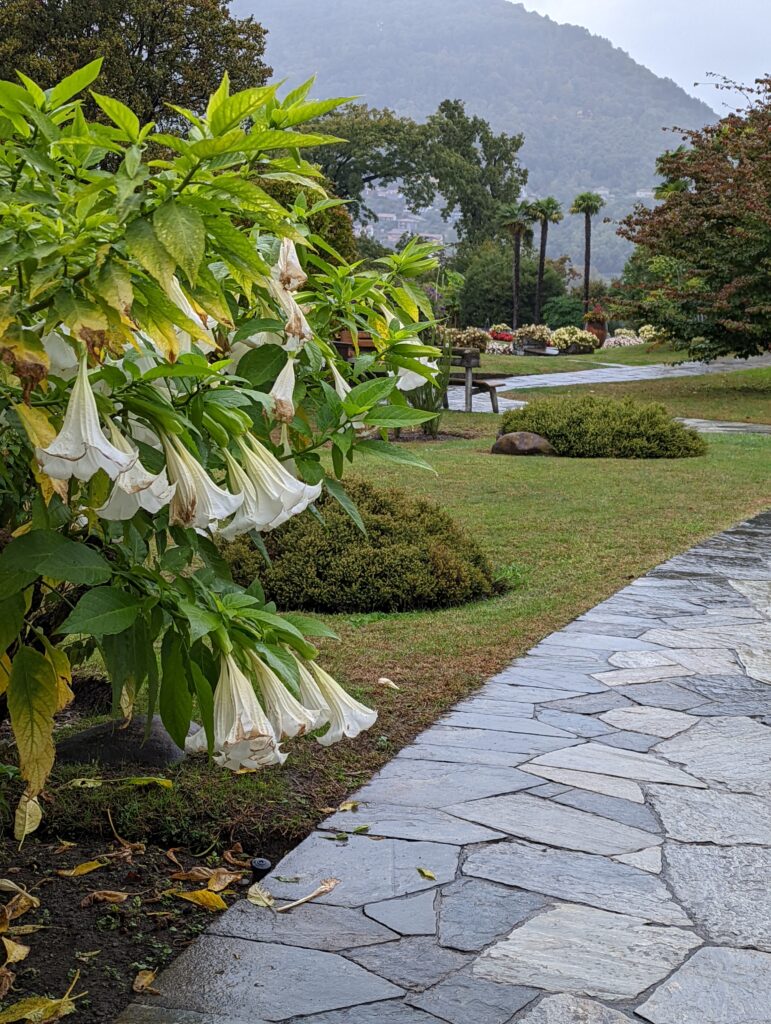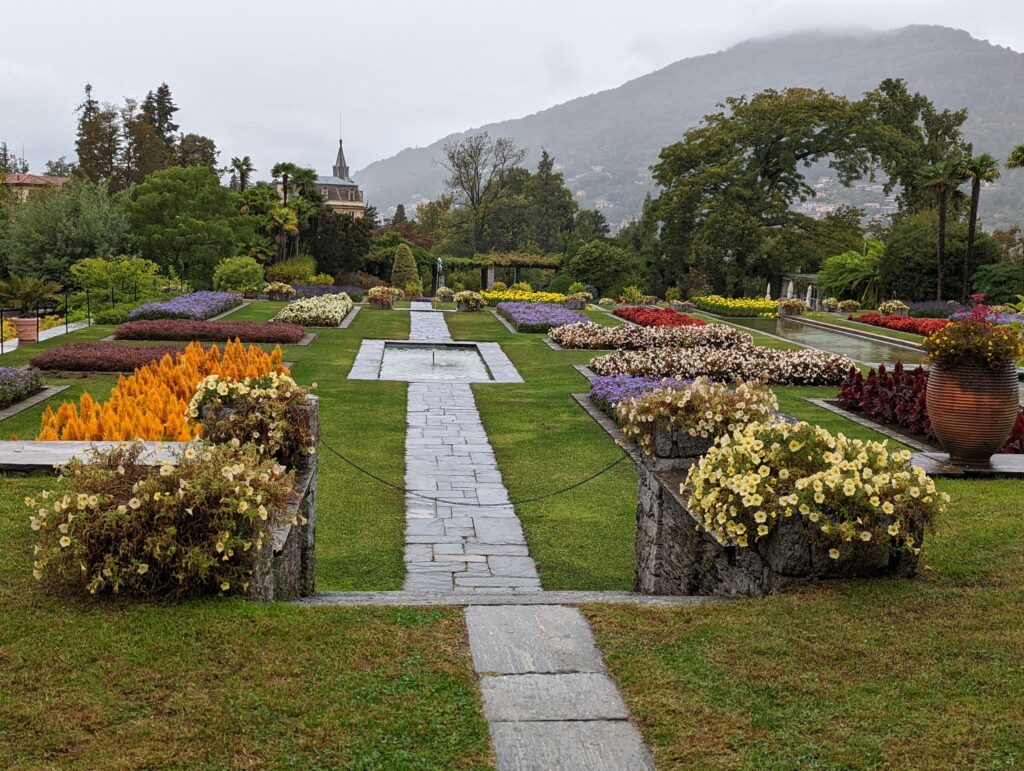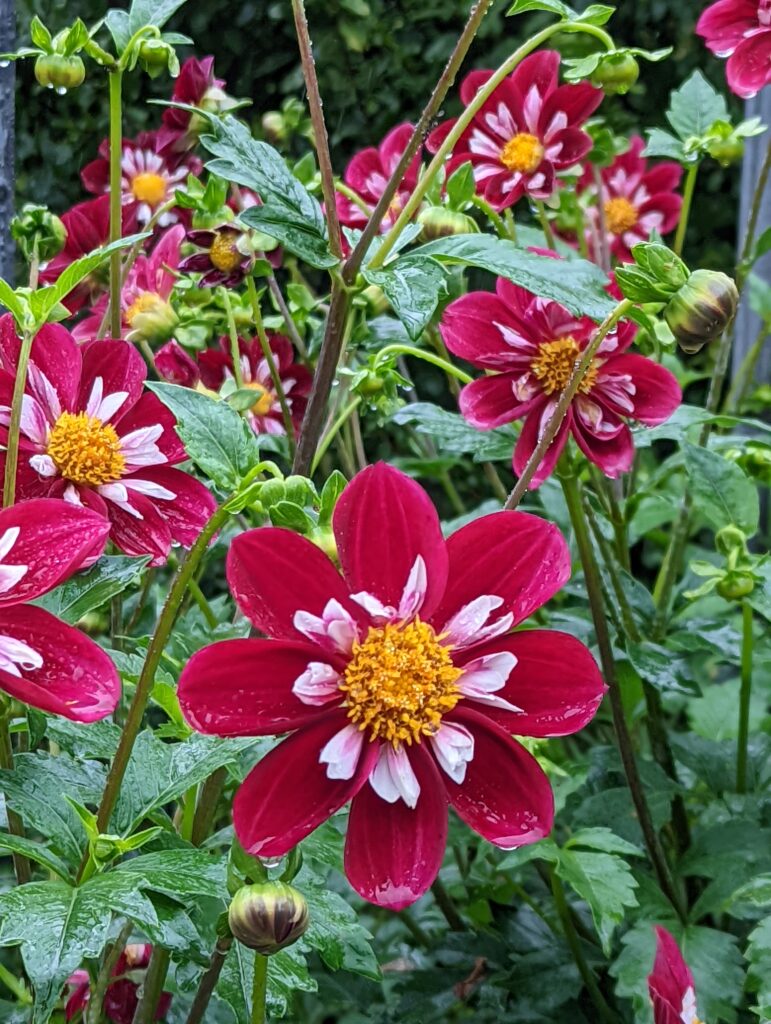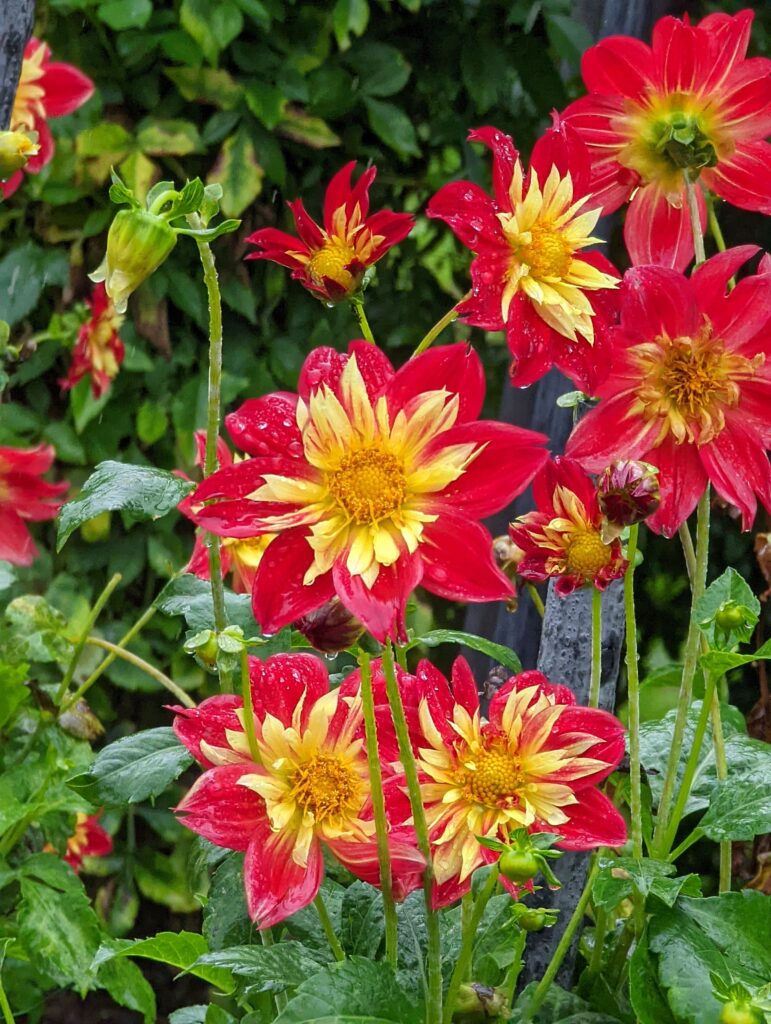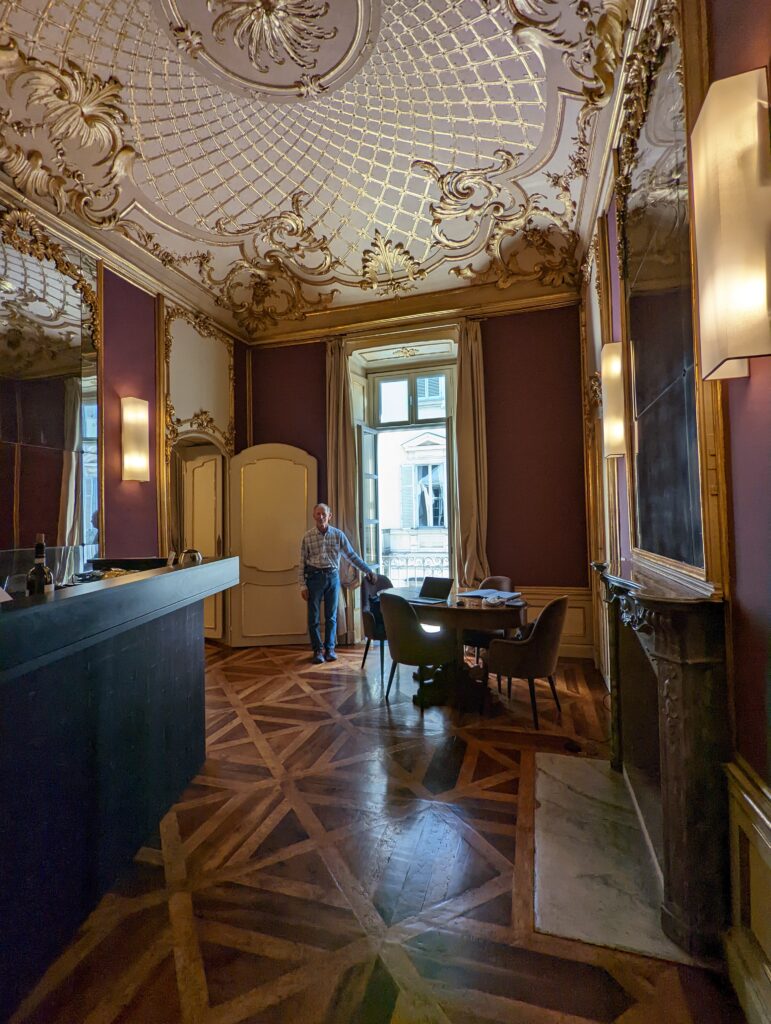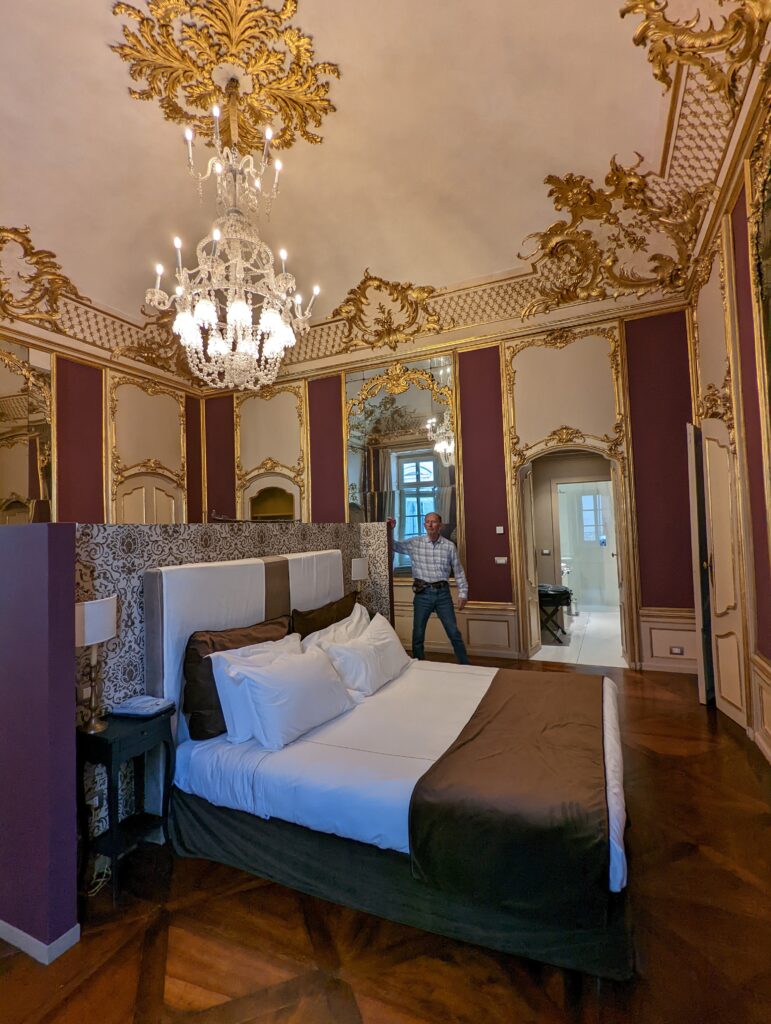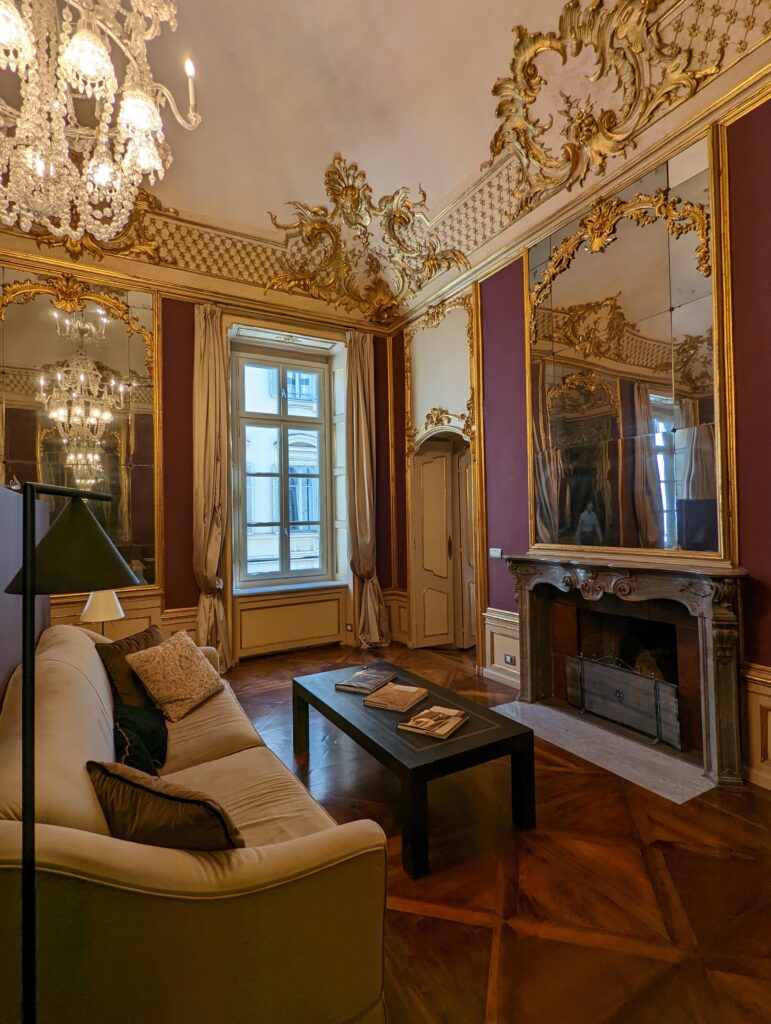Dan was pretty effective at shepherding me away from the computer to go to dinner tonight. “Where are we going?” I asked as we walked along our street. I use the term “street” loosely here; it is the element of the circulation network that passes along the front of where we are staying, but our neighbor “across the street” is the sea, and the whole thing is barely wide enough for a couple of pedestrians to pass each other next to the tables that the restaurants put outside.
“I don’t know,” he admitted, “but I do know where we are not going.”
“Well, that’s a start. There are only about a thousand restaurants in Ortigia. Where are we not going?”
“Here,” he said.
The young man at the front of the seaside tourist restaurant smiled broadly at us. “Buon sera! Menu?”
“No,” we assured him. “Grazie.”
“That’s one down,” I said. “Nine hundred ninety-eight to go.”
“Well, I don’t know all of the places where we’re not going. If I did, then I’d know where we are going.”
That made sense. “Okay, we’re not going to the tourist places like that one.”
“Right. And we’re not going to any more pizza places.”
I remembered yesterday’s pizza. The cheese. My stomach protested even at the memory. “No more pizza.”
“And no fancy expensive restaurants. I’ll know where we’re going when I see it.”
We turned into a side street, on our way to see a shop Dan wanted to go back to. We were about to turn again, but there was an attractive-looking little piazza just ahead, so we decided to check it out. There, we were greeted by a friendly woman. “Would you like some pasta?” she said. “Normally, we use these tables in the piazza, but it was too windy.” She gestured at the dozen or so tables, with their folded umbrellas, in the darkened piazza. “So tonight, for the first time, we have just set up two tables inside the restaurant.”
It looked inviting enough. She showed us a menu, which featured, unsurprisingly, fresh pasta of various kinds. She explained that we could pick a pasta (each of which had a price) and a sauce (priced separately) and create our own dish. Some of the sauces were traditional (such as Bolognese); others looked modern and creative (wild fennel with anchovies, swordfish with lemon peel). It all looked delicious, and reasonably priced. It was close to 8 p.m., early by Sicilian standards. The restaurant–all two tables of it–was still empty. We promised to come back.
And we were as good as our word. Yes, there were other tempting restaurants along the way, but we were, as Dan said, “trothed.” At least, one bottle of Nero d’Avolo later, I think that’s what he said.
We did return.

And we had our choice of (all two) tables inside.
This was definitely an informal restaurant. No tablecloths here. Paper plates. But.
Pasta and sauces that were out of this world good. A huge salad that couldn’t be fresher, with greens and tomatoes, olives, feta cheese, and cucumbers (um, “cetrioli”). And a staff that couldn’t be more friendly. Even the cook came out to say hello, and the others insisted it was his first time ever. They all spoke English (unusual, in our experience, so far in Sicily). They graciously posed for this picture.

(That’s Dan, in the dark, in the foreground, so you know where our table was!)
The restaurant was only big enough for the two tables. The other was occupied by a friendly young couple from Germany and the Netherlands. The kitchen was about the same size as the restaurant.

Was everything delicious? You bet!
Would we go back here again, if we were staying? Without a doubt!
Did I mention that the inexpensive bottle of Nero d’Avola was good, and the panna cotta for dessert even better? Well, I have now.
ColaPasta
Via San Martino, 2
Ortigio, Siracusa
Thank you for a perfect dinner our last evening in Ortigia!

